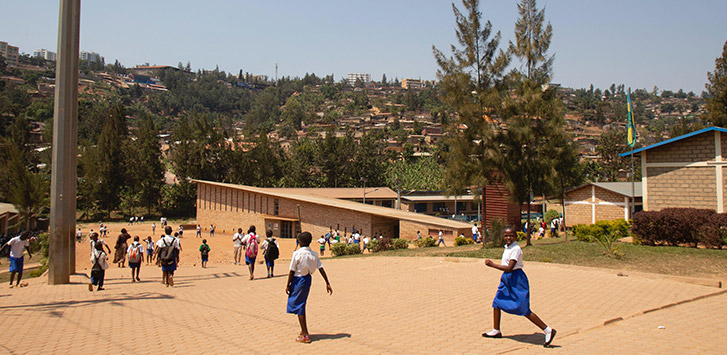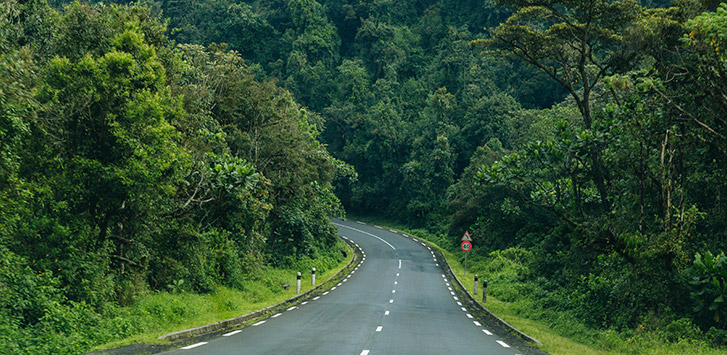Welcome to the beautiful country of Rwanda! Landlocked, Rwanda shares borders with Burundi and is only a day’s drive from Kenya. With high elevations, the country is nicknamed the “Land of a Thousand Hills.” While it’s infamous for the Rwandan Genocide of 1994, Rwanda is forging a new path and reputation for itself in coffee, rapidly becoming one of the top coffee producing countries.
History of Rwandan Coffee

Rwanda has gone through two major periods of colonization. The first by Germany in 1884 and the second by Belgium in 1916 during World War I. These periods of colonization helped shape the Rwandan coffee industry. In the early 1900s, German missionaries brought the first coffee beans to the country. At first, the beans were used only by the colonists and were of poor and low-grad quality. But by the end of the 1900s, Rwanda would come to rely on the coffee trade. However, ethnic tensions were simmering under the surface, causing instability within the coffee industry.
The decolonization of the 1950s was the last straw. Various presidents were elected and overthrown, and Rwanda was plunged into a civil war. The political tension finally exploded in an intense period, resulting in the massive ethnic genocide of an estimated 500,000 to 1 million people in just four months. Since then, the country has worked hard to recover, relying heavily on agriculture, specifically the major cash crops of coffee and tea.
Growing Regions

Rwandan coffee is grown on small farms that mainly focus on the arabica bourbon varietal. Because of the country’s geography, most beans are grown at high altitudes. Rwanda’s growing season takes place between September and October. The harvest season soon follows from March to July. After the beans are harvested, they undergo wet processing.
Rwanda has five main growing regions; Virunga, Kivu (near Lake Kivu), Kizi Rift, Akagera, and Muhazi.
Roasting Suggestions
Rwandan coffee goes well with a couple different roast types. Light roasts highlight the floral notes and bright acidity that these beans are known for. Meanwhile, a medium roast emphasizes the delightful body of the bean. Find your favorite roast profile by experimenting and let us know which you prefer!
Flavor Profile
Similar to Ethiopian coffee, Rwandan coffee has light, floral notes. You can taste rose, orange blossom, lemon, and berry. There are also subtle undertones of caramel and chocolate. In contrast, it has a medium acidity, like Kenyan coffee, yet with a unique, silky body.
If you’d like to give Rwandan coffee a try, we offer coffee beans from the Kivu region with a flavor profile that has notes of lemon grass, black tea, and chamomile.
Brewing Suggestions
Rwanda coffee requires a “gentler” brewing method than some other coffees. Brewing methods like the drip coffee maker or a pour over beautifully highlight the floral notes present in these coffee beans. A French press would overpower the subtle floral notes with its larger grind size and long steep time.
As you learn what your favorite brewing method is for Rwandan coffee, make sure you pay attention to the grind size you use. Having the wrong grind size can drastically change the taste of the cup.
Conclusion
If you’re looking to try a new African coffee bean, then look no further. A cup of Rwandan coffee is a delight for your palate with its subtle floral notes and silky body. And the quality of the coffee beans is hard to surpass.
Want to learn more about some of the coffee terms used above? Check out our coffee glossary and start your journey towards roasting your own coffee beans.